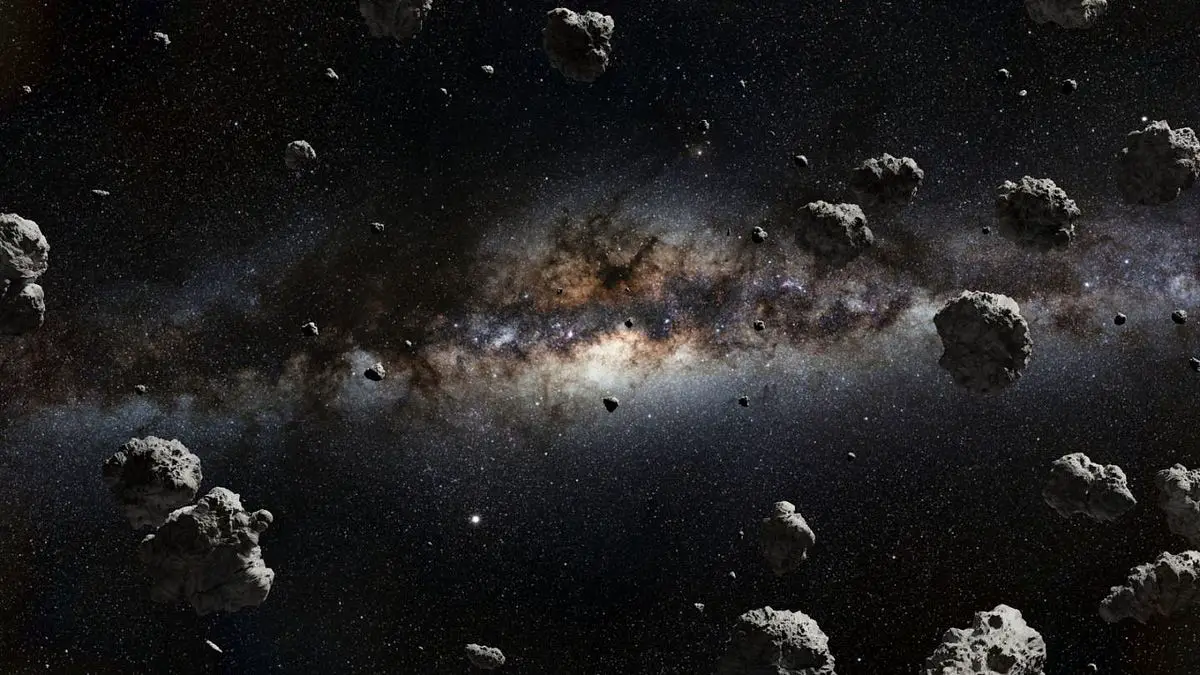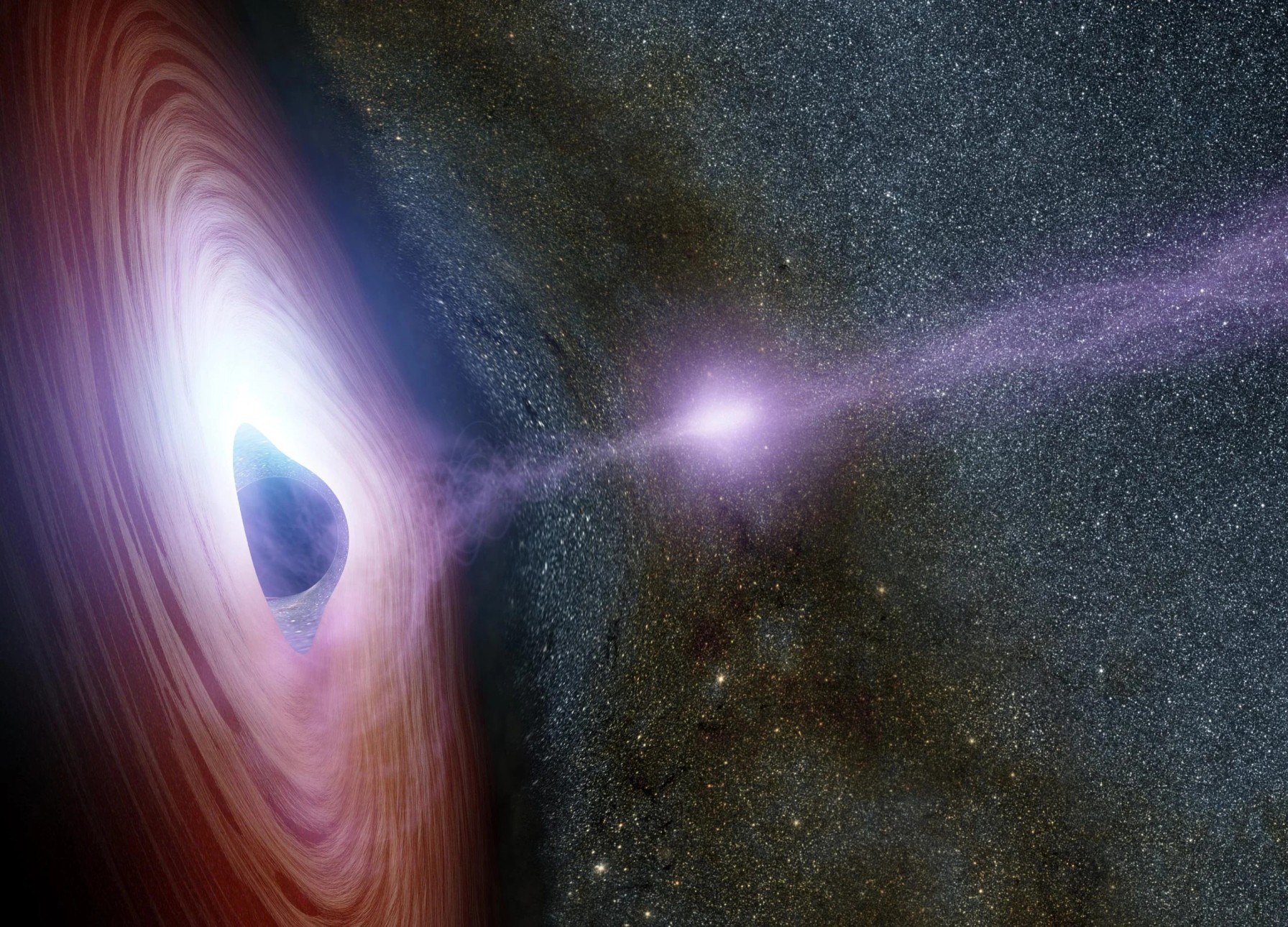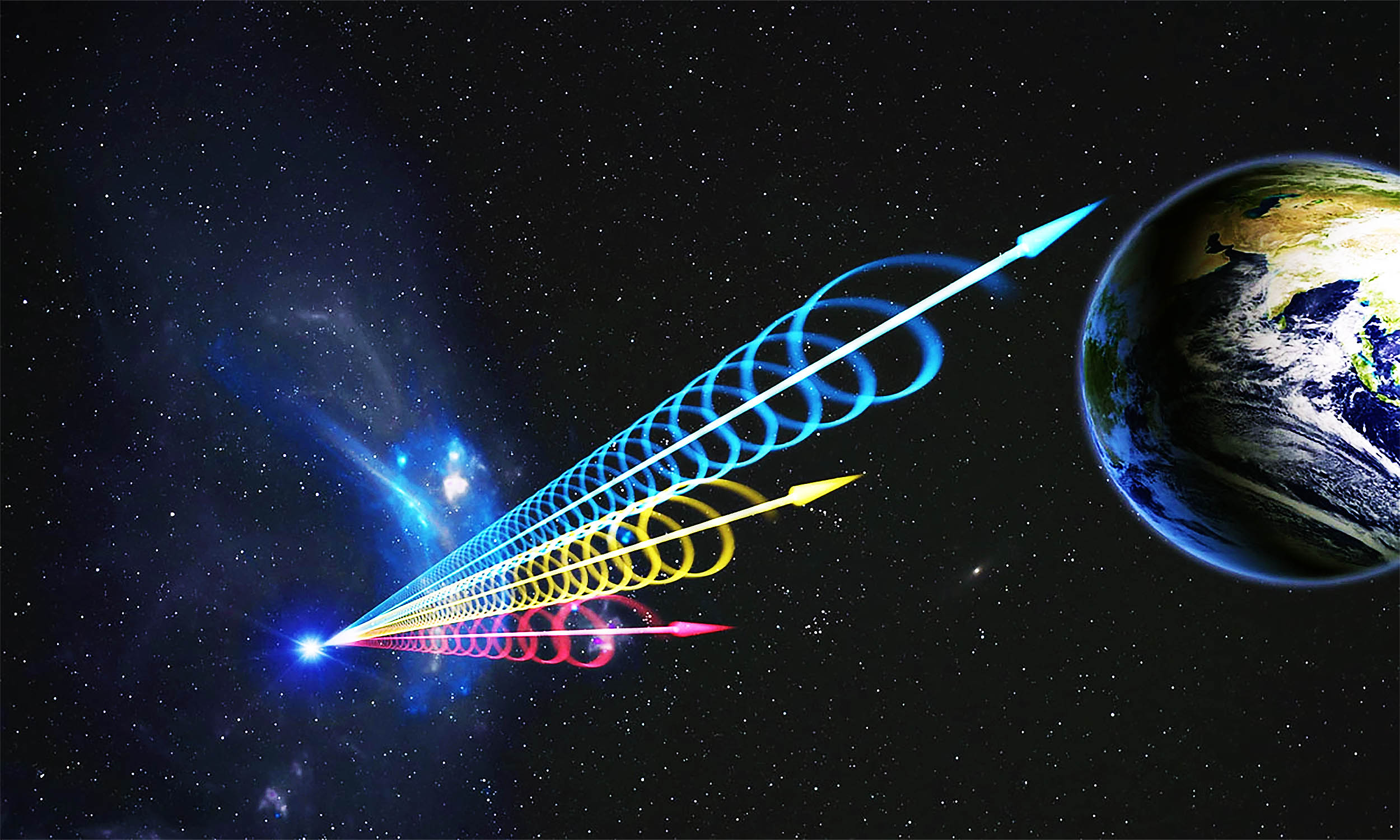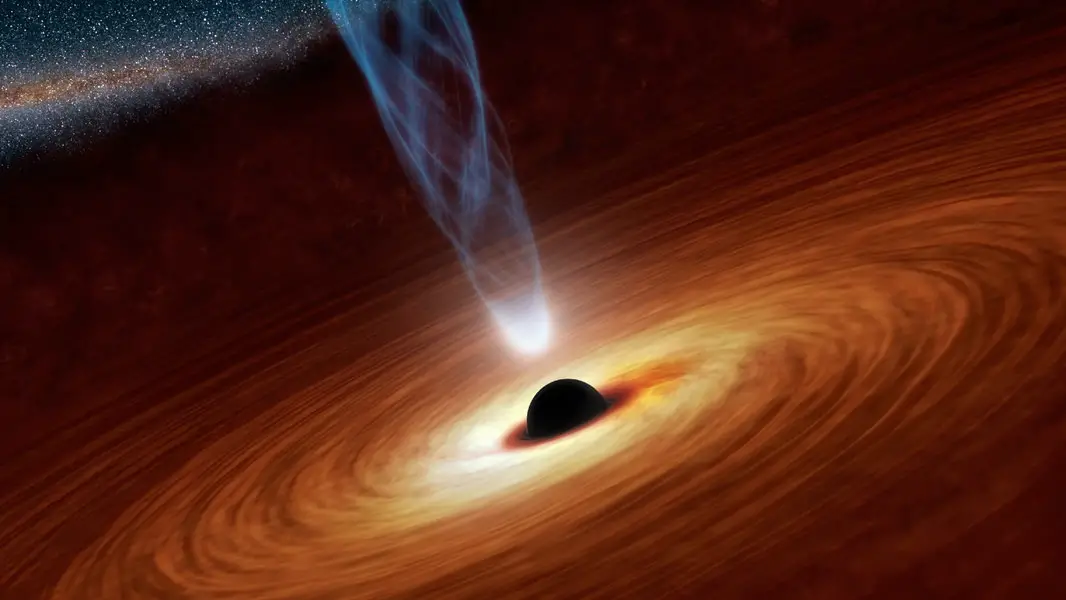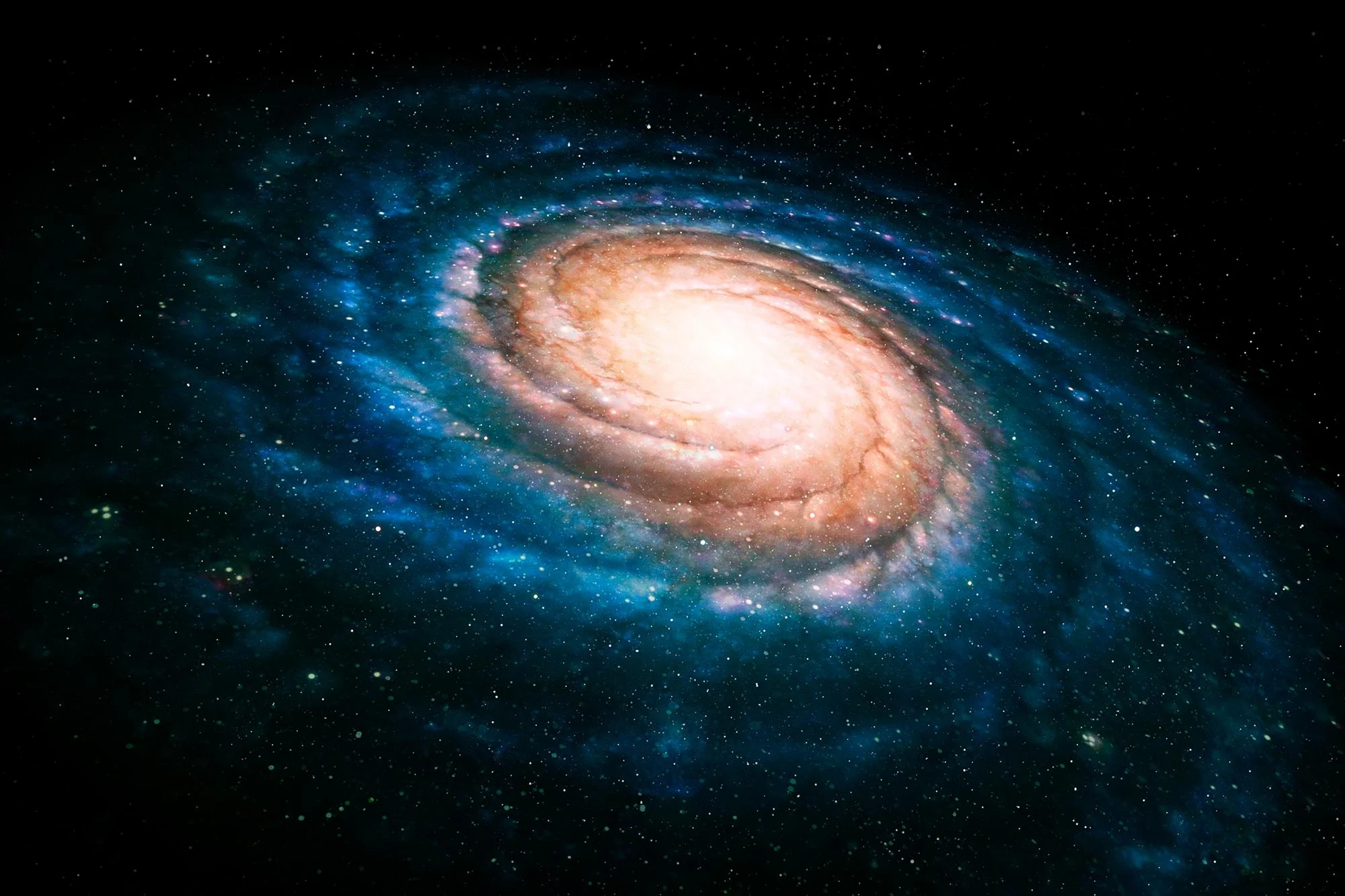AI finds 27,000 hidden asteroids, unlocking secrets of our solar system’s past.
Key Takeaways
- AI-powered algorithms uncovered over 27,000 previously overlooked asteroids in archival telescope images.
- Most of these asteroids reside in the belt between Mars and Jupiter, with 150 near-Earth.
- The THOR algorithm connects light specks across sky images to identify asteroid movements.
- AI tools like THOR and HelioLinc3D are transforming asteroid detection and planetary defense.
- The Vera C. Rubin Observatory could double asteroid discoveries with AI’s support in six months.
______
AI Transforms Asteroid Detection
Scientists have discovered over 27,000 previously unnoticed asteroids using an AI-powered algorithm, transforming how space rocks are detected and cataloged. The tool, named Tracklet-less Heliocentric Orbit Recovery (THOR), analyzed 400,000 archival images from NOIRLab and identified asteroids that had been overlooked in previous studies. This breakthrough could enhance the global effort to track asteroids, especially those that could potentially pose a threat to Earth.
Asteroid detection traditionally involves capturing repeated telescope images of the same sky region and identifying moving light specks against a static background of stars and galaxies. However, THOR uses AI to analyze these images more efficiently, connecting light specks across different datasets to confirm asteroid movements. The algorithm can analyze up to 1.7 billion light points in a single image, identifying asteroids with remarkable speed and accuracy.
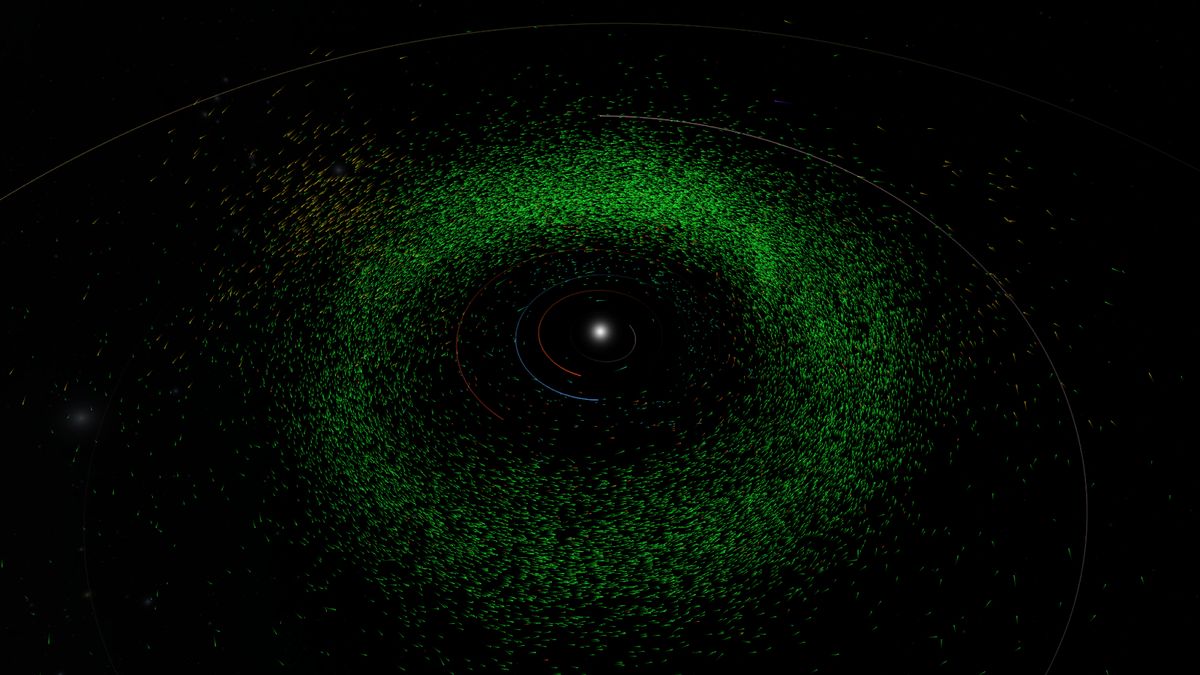
A Growing Catalog of Space Rocks
Most of the newly identified asteroids reside in the asteroid belt between Mars and Jupiter, where scientists have already cataloged over 1.3 million space rocks. Among the recent discoveries are about 150 near-Earth asteroids whose orbits bring them close to our planet, though none are currently on a collision course. The algorithm also identified Trojans, asteroids that follow Jupiter’s orbit. Observations of these findings are pending approval by the International Astronomical Union’s Minor Planet Center, the global authority for asteroid discoveries.
AI’s application in astronomy is advancing rapidly. In 2022, THOR identified 100 previously undetected asteroids, while other algorithms, such as HelioLinc3D, have made significant contributions to asteroid hunting. Last year, HelioLinc3D discovered a 600-foot-wide space rock that will pass closer to Earth than the moon. With over 2,000 potentially hazardous asteroids already identified and another 2,000 yet to be found, AI tools are becoming indispensable for planetary defense.
The upcoming Vera C. Rubin Observatory in Chile, equipped with an 8.4-meter telescope and supported by AI-driven software like THOR and HelioLinc3D, is poised to revolutionize asteroid detection further. Scheduled to begin operations next year, the observatory will image the southern sky every night for a decade. Scientists estimate it could double the known asteroid catalog within its first six months, potentially identifying 2.4 million new asteroids.
This synergy between AI and astronomy is not only enhancing our understanding of the solar system but also strengthening planetary defense measures to protect Earth from potential asteroid impacts.
